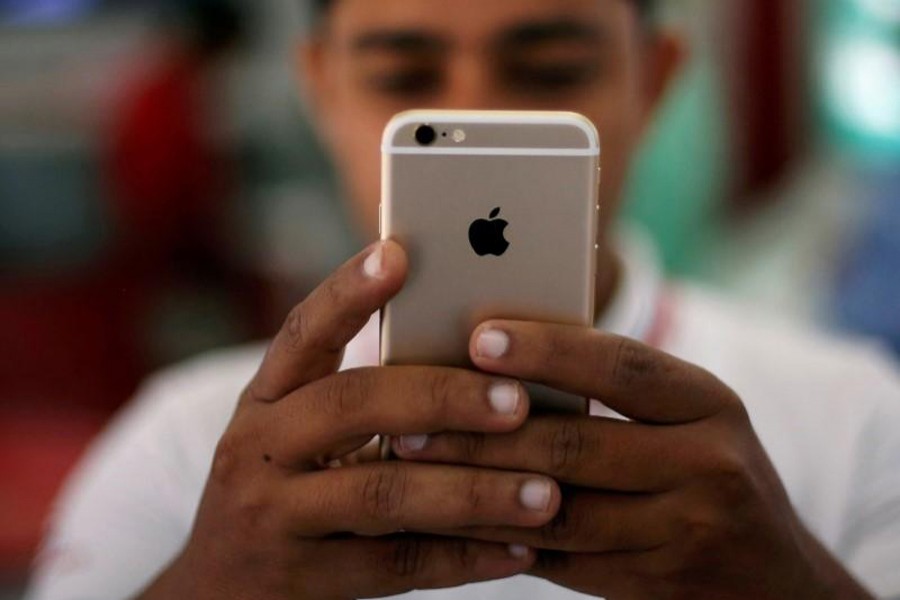Tech giant Apple is the poster child for successful disruption strategy. The company heralded a golden age for the smartphone industry with the launch of its first iPhone in 2007. Subsequent iPhone generations further enhanced the capability of smartphones.
But Apple’s technological innovativeness hit a plateau after the company lost Steve Jobs. Since the launch of the iPhone 6, Apple has simply been improving the standard industry features instead of following a new disruptive strategy.
Apple users took note, but the company was still able to convince them, every single time, to fork over thousands of dollars for the new iPhones. Even the sale of the brand-new iPhone 12 lineup was 21 per cent better than that of the iPhone 11. But allegedly, the company sometimes plays the notorious ‘trick cards’ to convince the users. So what are those tricks?
Apple makes older iPhones slower to lure users in for an upgrade
iPhone users have long suspected that Apple intentionally slows down older phones with every new launch to force them to buy the latest ones. The company itself admitted it and paid US$113 million to settle lawsuits over this issue. But the company claimed that their intention behind such steps was only to ‘prolong the life’ of the phones.
However, users did not buy into this ‘all-for-you’ story. Because they were not informed that installing the latest iOS updates could slow down their devices. They were convinced that updates resulting in slow apps and choppy animations were the Apple ways of saying “Now you must upgrade.”
Apple uses manipulated images to make iPhones look thinner than they actually are
Apple was denounced for using trick photography to make the iPhone 6 look 30 per cent thinner than the immediate predecessor, iPhone 5S, while in reality, the phone actually was just 9.2 per cent thinner. The company misleadingly used different lighting on the phones to fabricate the extra sleekness. The iPhone 5S was lit from the sides whereas the iPhone 6 was lit straight on. The black outline around the iPhone 6, therefore, got blended into the presentation background and made the phone appears thinner.
Apple then digitally edited images of the iPhone 6 and iPhone 6 Plus to remove the controversial camera bulge so that the phones look super-thin, and this manipulation sparked yet another backlash.
Apple fakes scarcity to increase demand
Apple was accused of engineering a fake stock shortage for the gold iPhone 5S model which was absurdly limited in every store. At that time, the entire continent of Oceania had zero gold iPhones, Verizon on Wall Street had zero, and even Apple's flagship store in San Francisco had only 20 gold iPhones. The theory was gaining ground that the company used the illusion of scarcity to create more positive publicity than advertising could ever do.
Also, Apple pushed the limits of pricing on the iPhone 11 lineup to create exclusivity. Although the phones were not scarce, acquiring those became harder because of the hefty price tags. But the same price tags set an expectation of unrivalled excellence in consumers’ minds and ultimately increased the demand.
Well, talking about the tricks Apple deliberately plays doesn’t demean them. But, as a potential consumer, one should be aware of those tricks and make sure they don’t influence the decision to buy a device as expensive as the smartphones of Apple are.
Morium Kulsum is a sophomore at the Department of Marketing, Dhaka University.
email: [email protected]


